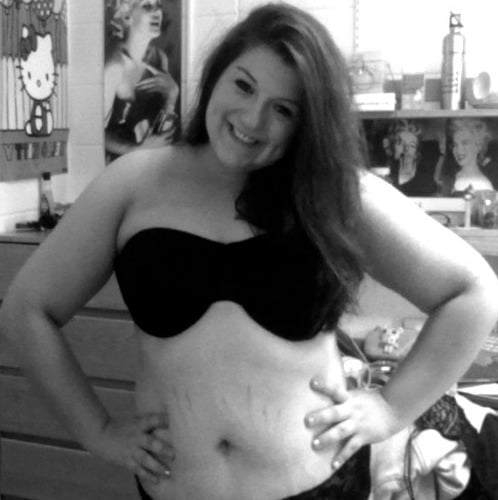
This story was originally published on Medium by re:form the design publication.
Back when photographs were first inching into people’s lives, when a stranger would crouch beneath a black curtain, snap a shutter, and imprint a scene in silver nitrate, many people shied away from the camera, wary that each pop of the flashbulb would steal their soul.
But things changed. The curtain vanished, the shutter became mechanical, and the box and mechanisms shrunk down until they fit into our pockets or round our necks. We shed our fear that the lens could snap up our humanity.
Now, however, the pendulum may be starting its journey back.
RELATED: Experts say this kind of selfie could be triggering eating disorders
With the rise of photo retouching apps, cameras can, in a way, alter a person’s essence. Programs for editing photos used to require download and installation?—?manipulating a picture took some work. But now, “beautification” apps come preloaded and switched on in smartphones, and some of the powers we once feared cameras might possess have actually become real.
We love these celeb quotes on body image
Image via @rebelwilson

Image via Getty
































































































